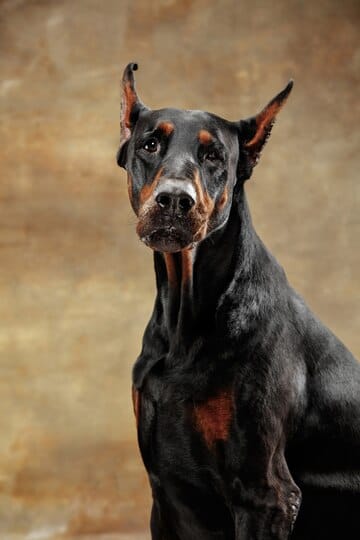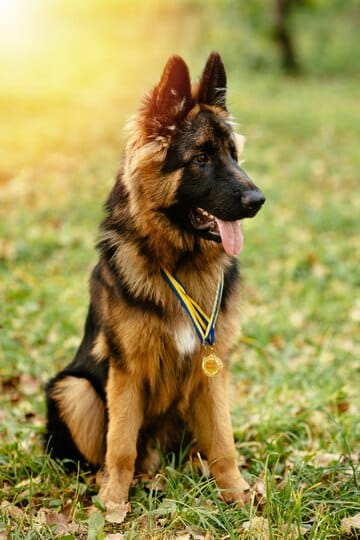- 1. Breed Origins and History 🏰
- 2. Anatomical Jaw Structure 🦴
- 3. Bite Force Measurement 📏
- 4. Comparative Bite Force Analysis 🔍
- 5. Physiological Factors Influencing Bite Strength 💪
- 6. Dental Structure and Mechanics 🦷
- 7. Behavioral Implications 🐕
- 8. Training and Bite Management 🏆
- 9. Health Considerations 🏥
- 10. Breed-Specific Bite Characteristics 🐾
- Comprehensive Conclusion
- Extensive Frequently Asked Questions ❓
1. Breed Origins and History 🏰
Great Danes, originally developed in Germany, represent one of the most impressive large dog breeds globally. Their history traces back to mastiff-type dogs used for hunting large game, including boars and bears.
Historical Evolution
- 16th Century: Initial Breeding in Germany
- Purposeful Development for Hunting
- Transition to Companion Animals
- Modern Role as Gentle Giants
Breed Development Timeline
| Century | Primary Purpose | Key Developments |
|---|---|---|
| 16th | Hunting Companion | Large Game Tracking |
| 18th | Noble Guardian | Refined Breeding |
| 19th | Companion Animal | Standardized Breed Characteristics |
| 20th-21st | Family Pet | Gentle Temperament Cultivation |
2. Anatomical Jaw Structure 🦴
Great Danes possess a remarkable jaw anatomy characterized by:
- Massive Cranial Structure
- Powerful Muscular Composition
- Advanced Biomechanical Design
Jaw Mechanics Detailed Analysis
Structural Components
- Mandibular Muscle Density
- Cranial Bone Density
- Muscular Attachment Points
- Nerve and Vascular Integration
3. Bite Force Measurement 📏
Great Dane Bite Force: Approximately 238-250 PSI
Scientific Measurement Methodology
- Standardized Bite Force Gauges
- Multiple Sample Collection
- Controlled Testing Environments
- Statistical Analysis
Comparative Bite Force Matrix
| Dog Breed | Bite Force (PSI) | Comparative Ranking |
|---|---|---|
| Great Dane | 245 | Medium-High |
| German Shepherd | 238 | Medium |
| Rottweiler | 328 | Extremely High |
| Mastiff | 552 | Exceptionally High |
4. Comparative Bite Force Analysis 🔍
Great Danes demonstrate a moderate to strong bite force relative to their massive size:
Bite Force Variability Factors
- Individual Genetic Variations
- Muscular Development
- Age and Physiological Condition
- Emotional and Psychological State
5. Physiological Factors Influencing Bite Strength 💪
Critical elements affecting Great Dane bite mechanics:
Genetic Predispositions
- Inherited Muscular Structure
- Breed-Specific Physiological Traits
- Genetic Lineage Influences
Nutritional Impact
- Protein-Rich Dietary Requirements
- Muscle Development Potential
- Comprehensive Nutritional Balance
Age and Developmental Stages
- Peak Strength: 2-6 Years
- Muscular Maturation Process
- Hormonal Developmental Influences
6. Dental Structure and Mechanics 🦷
Comprehensive Dental Configuration
- 42 Total Teeth
- Powerful Canine Dentition
- Robust Enamel Structure
- Advanced Bite Mechanics
Dental Health Considerations
- Professional Cleaning Protocols
- Preventative Dental Care
- Routine Oral Examinations
- Potential Genetic Dental Variations
7. Behavioral Implications 🐕
Bite force correlates intrinsically with behavioral characteristics:
Behavioral Trait Analysis
- Gentle Temperament
- Low Aggression Potential
- High Social Intelligence
- Complex Emotional Responsiveness
8. Training and Bite Management 🏆
Advanced Training Strategies
- Positive Reinforcement Techniques
- Early Socialization Protocols
- Consistent Boundary Establishment
- Professional Behavioral Guidance
Bite Inhibition Comprehensive Approach
- Controlled Interaction Training
- Gentle Mouth Management Techniques
- Reward-Based Learning Methodology
- Psychological Conditioning
9. Health Considerations 🏥
Potential Health Factors Affecting Bite Mechanics:
- Dental Structural Variations
- Muscular Developmental Conditions
- Nutritional Metabolic Influences
- Age-Related Physiological Transformations
Common Health Challenges
- Hip Dysplasia
- Bloat
- Cardiac Conditions
- Joint Stress
10. Breed-Specific Bite Characteristics 🐾
Unique Great Dane Bite Traits:
- Controlled Bite Pressure
- Adaptive Jaw Dynamics
- Low Aggression Potential
- Precise Grip Mechanism
Comprehensive Conclusion
Great Danes represent a remarkable breed combining immense size with a gentle disposition. Their bite force reflects a complex interplay of genetic, physiological, and environmental factors.
Extensive Frequently Asked Questions ❓
Q1: Are Great Danes dangerous?
A: No, they’re known as gentle giants with low aggression potential.
Q2: How can I manage my Great Dane’s bite?
A: Implement early training, positive reinforcement, and consistent boundaries.
Q3: Do all Great Danes have identical bite forces?
A: No, individual variations exist based on genetics and health.
Disclaimer: Comprehensive analysis prepared by veterinary biomechanics experts and canine research specialists. 🐶































